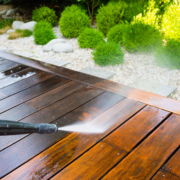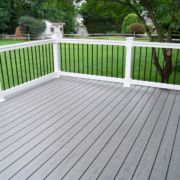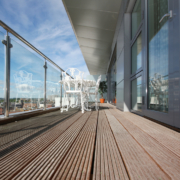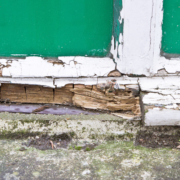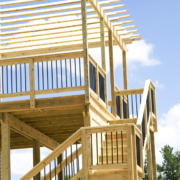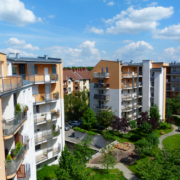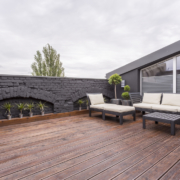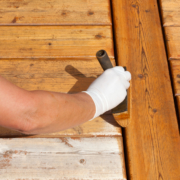Whether you’re building a new house, renovating some parts of it, adding an extension, or just want to get your house inspected by expert deck inspectors, you will need to secure building permits before you can start working on the project.
The truth is, building permit costs are growing exponentially every year that you really need to prepare financially for it to avoid any hiccups in the process.
But how expensive is it really to get building permits this year?
The Average Cost
In the United States, the national average cost for getting a building permit is $1,184, but it can range between $396 and $1,973. The cost can even reach as high as $7,500 in some big cities while smaller towns can charge as low as $100.
A building permit is strictly required for all types of building or remodeling projects in all states to make sure that the building code safety is complied with.
Whether you’re doing an electrical or plumbing project, doing any structural additions, or doing a complete renovation, you will be required by your local state to secure a building permit before any work can start.
Here are the average building permit costs of some of the most common renovations and rebuilding projects:
- Building a house: $1,200-$2,000
- Construction: $1,200-$2,000
- Garage conversion: $1,200-$1,500
- HVAC: $1,200-$2,000
- Electrical: $10-$500
- Bathroom: $1,200-$2,000
- Plumbing: $50-$500
- Deck: $0-$500
- Basement: $1,200-$2,000
- Building inspection: $200-$500
- Demolition: $200
- Window: $260-$600
The actual cost of securing a building permit will depend on the extent, type, and specifications of your project. This is why it’s very helpful to seek professional advice to know exactly how much you need to prepare and to avoid any hassles in securing the building permit itself.
For instance, if you want to add a deck or renovate an existing one, it’s best to hire expert deck inspectors who can do a full assessment of your deck and help you determine if you need a permit and what the costs will be.
If you’re planning to build a new deck, for instance, you may need to pay a permit fee of up to $500, which is relatively low as compared with other projects because decks don’t usually need any additional components like outlets, roofs, and wiring.
There will be instances, however, when you might need the services of a land surveyor to know exactly the best spot and the size for your deck.
Finally, you need to keep in mind that permit costs are different for commercial and residential buildings since an additional valuation is usually applied to the permit application fee.
At the end of the day, it’s best to work with contractors who can help you with the nitty-gritty involved in securing building permits and take care of your project so you don’t have to do the hard work yourself.
Once your project is complete, you may be required to hire a team of inspectors to make sure everything is done right and appraise your home if you’re putting it on the market.
Deck Inspectors for Southern California is happy to offer our services in Los Angeles, Orange County as well as San Diego and all Southern California surrounding areas like: Glendale, Pasadena, Burbank, Santa Monica, Anaheim, Temecula, Vista, Escondido, Carlsbad, and El Cajon

